Permanents: Bruno Andreotti, Kristina Davitt, Frédéric Léchenault, Sébastien Moulinet, Etienne Rolley
We have an opening for a joint postdoc between the MecaWet lab @ PMMH and Folding, Sliding and Stretching lab @ LPS in the area of controllable multi-component elastic structures, with a focus on experiments. The goal is to design materials whose stiffness may be dynamically adjusted and to explore their use to rigidify morphable 3D structures.
Description: We have recently developed elastomeric structures with embedded channels that change shape under applied pressure. However, the softness of such structures hinders applications to large scales. Adding a more rigid component can rigidify the structure, but in a non-linear fashion. The project consists of designing and prototyping multi-components elastic materials with tunable rigidity.
Read more about this postdoc opening…
We propose a master’s internship (extendable to a PhD thesis) on the adhesion of a model polymer gel. The project has both experimental and theoretical components.
Instead of relying on a chemical reaction, as in the case of common household adhesives, pressure-sensitive adhesives stick under simple physical contact with a substrate. To be effective, they must exhibit a highly compliant response – similar to that of a liquid – in order to maximize the contact area. Their adhesive performance results from the resistance to peeling off of the substrate. The goal of this internship is to investigate the situation of reversible adhesion: a problem that combines viscoelasticity and capillarity and closely resembles a wetting problem.
Read more about this internship/thesis offer…
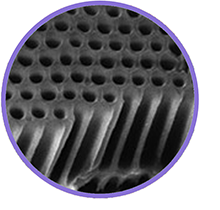 Cavitation of confined fluids in nanopores
Cavitation of confined fluids in nanopores ![]()
We propose an internship/thesis, essentially experimental on the cavitation of confined fluids. Cavitation, the formation of a vapor bubble in a metastable liquid, is relevant in many fields, ranging from engineering to natural sciences. However, the occurrence of cavitation in porous materials is usually disregarded and standard models assume that the evaporation of a fluid confined in a porous material requires the creation of a vapor path from the periphery to the inside of pores, via the propagation of the liquid-vapor interface. For instance, in a solid made of cavities connected to the gas reservoir via necks, the emptying of cavities can occur only when necks become unstable. Our preliminary experiments in model nano-porous solids directly show, for the first time, that evaporation of fluid can occur through cavitation, i.e., a thermally activated nucleation of gas bubbles in the cavities. We have also observed an unexpected dependence on the pore geometry and/or on the material forming the porous matrix.
Read more about this internship/thesis offer…
 Hysteretic vs critical response of a granular bed close to failure
Hysteretic vs critical response of a granular bed close to failure ![]()
We propose an internship/thesis, both experimental and theoretical, on the mechanical response of granular systems close to failure. Granular systems have been at the heart of a vivid research activity during the past two decades, one of the main focuses being the quest for a statistical understanding of their collective properties. A question of peculiar significance is that of the transition to flow, or the failure under stress. As a matter of fact, the precise nature of this solid to liquid phase transition has remained elusive, the main reason being the difficulty to prepare an extended system in a state close to isostaticity. We have devised an experimental set-up that allows one to prepare a model granular bed in reproducible and well controlled states through the use of horizontal vibrations and cyclic gravitational loading. This preparation can then be brought arbitrarily close to failure by inclining the bed.
Read more about this internship/thesis offer…
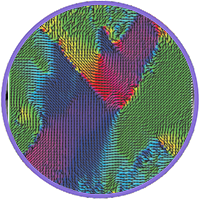 Knit-quake prediction through deep learning
Knit-quake prediction through deep learning ![]()
We have recently shown that a model knitted fabric exhibits crackling noise in its force response that corresponds to extended fault-like slip bands in its spatial deformation field. The scale invariance displayed by these features, together with their morphology, is strongly reminiscent of seismic events. This system can thus, to some extent, be considered as a toy model for earthquakes.
At the same time, the emergence of extremely powerful machine learning techniques, mainly represented by elaborate artificial neural networks and so-called “deep learning”, has given hope to the geophysical community that some aspects of the geo-seismic activity could be inferred from past measurements, the Holy Grain being accurate earthquake prediction. However, in the case of real earthquakes, the large amount of data required to train deep nets to predict geophysical activity are very costly to gather and difficult to access, and thus not yet sufficient.
Read more about this internship/thesis offer…
Post-doctorat
Stages et thèses










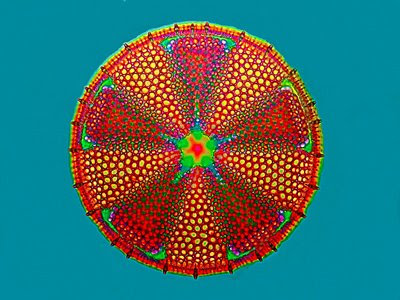








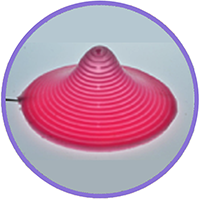 Morphable elastic structures
Morphable elastic structures 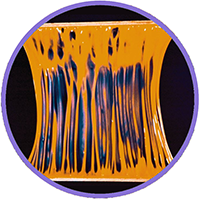 Reversible adhesion
Reversible adhesion